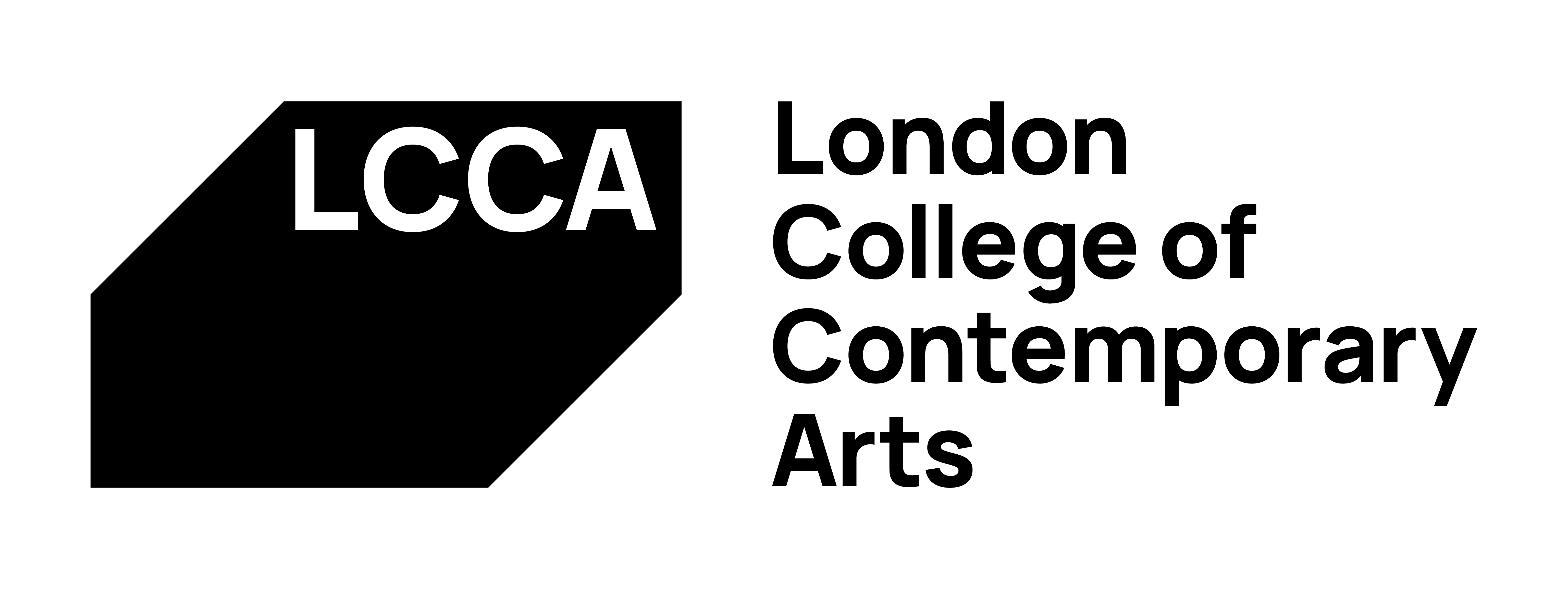There are a number of jobs these days that require candidates to have a well presented portfolio, as well as an impressive CV and relevant work experience.
When it comes to creating a portfolio, there’s quite a lot of freedom to present it however you like. Where a CV is best kept simple and professional, a portfolio has more scope to reflect your personality and can be much more creative, if you want it to be.
In a way, a portfolio is more important than a CV because it stands as proof of what you can do – it is essentially evidence which supports the claims that you’ve made.
Here are four things you can do to help make your portfolio more appealing.
1. Include samples of your best work
Rather than being a collection of all the work you’ve ever done, your portfolio should contain select pieces which you think best display your skills. Look carefully at what your potential employers are looking for in a candidate and choose work you have done which demonstrates that you have those skills where possible.
Interviewers will undoubtedly ask you questions about the work in your portfolio, so be careful not to include anything that you don’t feel completely happy with as they may sense that you feel you could have done a better job.
If you include too many pieces, the interviewer may not get around to looking at all of them, which means that something you really wanted them to see could get overlooked. Set a sensible limit on the number of pieces you’ll include before you start putting it together.
2. Remember that presentation is important
The way you present your portfolio is really important, particularly for those who are looking for employment in more creative fields such as fashion, graphics and interior design.
Feel free to use your imagination – you can be a lot more inventive with portfolios than with CVs, if that’s the direction you wish to take. Always keep in mind that your portfolio serves a professional purpose when deciding on presentation, though – while you have more freedom, it’s important not to be too outlandish. Your portfolio still needs to say: I’m a professional, and I’m good at what I do.
If you’re not so great at design and presentation, you could always enlist the help of a friend who might be able to give your portfolio the look and feel you want.
3. Consider including testimonials
Not many people think to add testimonials to their portfolio, but in many cases they can make a great addition. These testimonials could be short pieces written by people you have worked with, or by those who have taught you – something which basically replicates the style of a LinkedIn recommendation.
During the job application process, employers will usually ask for references once they have decided to hire you, often just to confirm claims you have made and to enquire as to whether you are fit for the advertised role. Including them in the first stage of your interview process could be a good idea, as the interviewer will receive confirmation from others that you’re an appropriate candidate.
As well as previous employers and teachers, you could also get testimonials from clients if you’re able to do so. This is especially applicable if you’re applying for roles in graphic or interior design.
4. Use the internet to help you
If you’re stuck wondering how best to present your portfolio, try searching online to see what other people in your industry have done. Being able to see what the end results could look like will help you feel inspired, and may spark some ideas of your own.
If you’re short on time, there are plenty of online tools that can help you put a simple but effective portfolio together in no time at all. Portfoliobox and Clippings are just two portfolio builders available free of charge.
Even if you’re comfortable designing a beautifully printed portfolio, remember it’s always useful to have an online version, too. This means you can send across a copy of your portfolio before you even get invited for an interview. It also means that employers will have the opportunity to browse through your work at their leisure, giving them more time to see what you’ve achieved and what your capabilities are.
